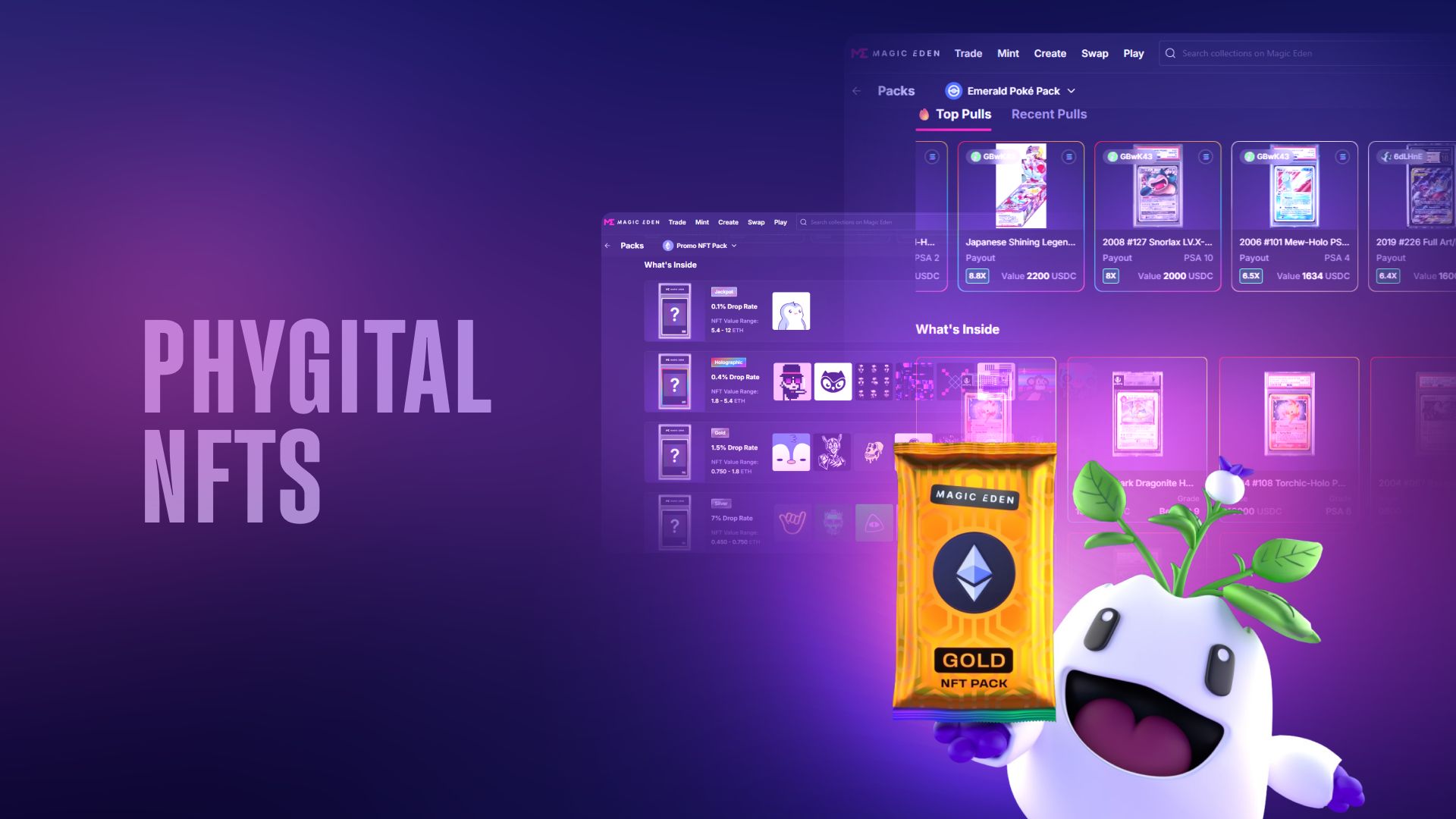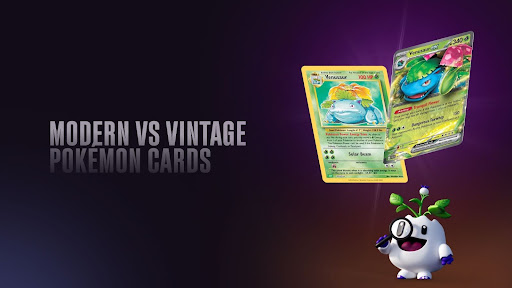
EVM compatibility is a key feature of many blockchains that allows developers to deploy their dApps across multiple chains with ease, making them more accessible in a cross-chain Web3 universe.
Read on to learn about EVM-compatible chains, how they work and why most leading L1 chains are choosing to be EVM-compatible.
EVM-compatible chains are blockchains that execute code in a very similar way to the Ethereum Virtual Machine (EVM).
The EVM is the environment used natively by Ethereum and by an increasing number of other chains to execute code securely across all nodes.
In other words, EVM compatibility refers to the ability of a blockchain to run the same or minorly tweaked code as the EVM.
EVM-compatible chains are especially useful for developers who are already familiar with the EVM environment and want to branch out and start building on other blockchains. It means they can easily adapt to a new blockchain or even transport the same dApps.
EVM chains work by executing code in the same way that the Ethereum Virtual Machine does. They use the same approach (or similar enough) as Ethereum to build their solutions.
This enables greater interoperability, easier adoption of the new chain and potentially a more user-friendly approach.
EVM compatibility is useful in several different ways.
For developers, EVM-compatible chains mean that they can deploy the same smart contract on multiple blockchains. Additionally, Ethereum has a vast network of tools and libraries that can help developers, plus a varied and helpful community they can join.
Meanwhile, you can take advantage of lower fees, faster transactions and more choices for dApps and NFTs. With the exploding use cases in NFTs and DeFi, EVM-compabilitity opens the possibility of porting innovations from one chain to another.
Finally, EVM compatibility is useful for ecosystem growth as a whole. It fosters cross-chain collaboration, which, in turn, leads to innovation. Instead of every blockchain’s ecosystem fending for itself, EVM compatibility lets them develop together and to everyone’s advantage.

There’s an ever-increasing number of EVM-compatible chains benefiting from the greater interoperability among different blockchains. Here are some of the leaders in the space and what they do.
Ethereum is the place where the EVM was created, and continues to define how the Ethereum Virtual Machine works. Powered by the ETH token, Ethereum boasts the biggest ecosystem by far, with the vast majority of use cases originating here: from DeFi as a concept to NFTs, meme coins, new Layer 2s and much more. See Magic Eden's Ethereum NFT marketplace here.
Arbitrum is a Layer 2 built on Ethereum, fully EVM equivalent, so its environment is the same as the EVM. Arbitrum was created to improve Ethereum’s scalability as it retains all its advantages, like security and ecosystem size. It’s powered by its native ARB token.
Arbitrum lets users do everything they’d do on Ethereum, including deploying other chains on top of it. Right now, Arbitrum’s ecosystem includes many different Layer 3 blockchains, bridges, wallets, commerce platforms, financial tools and more. Recently Robinhood has announced that they will build on top of Arbitrum technology to bring tokenized stocks and ETFs on Arbitrum.
Apechain is a Layer 3 built by using the Arbitrum Orbit framework, making all of the mentioned chains EVM-compatible. Apechain’s purpose is to improve your experience with the blockchain and to bring a native ecosystem for its ApeCoin ($APE) token.
Apechain boasts full EVM equivalence, which means that anything that runs on Ethereum will run on Apechain at the same time with no adaptations necessary.
The Apechain ecosystem currently consists of different trading games and intellectual property projects, including Made by Apes, which includes builders using the Bored Ape Yacht Club IP across different brands, plus decentralized exchanges (DEXs) and other crypto products.
Avalanche is a Layer 1 blockchain boasting high performance and scalability, along with EVM compatibility. However, it’s not EVM-identical, so devs may need to tweak their products a little bit before launching them on Avalanche. Additionally, it’s similar to Ethereum in that it uses staking to reach consensus, but the rules are a bit more complicated to keep the circulating supply of its native AVAX token low.
The Avalanche ecosystem includes projects such as stablecoins, DEXs, games, AI, DeFi and others.
Base is a Layer 2 blockchain on Ethereum that’s fully EVM-compatible. Developed by Coinbase, it doesn’t have a native token but instead uses ETH to run its platform. At the same time, it markets itself as builder-friendly, with ways to set up and deploy a dApp within 10 minutes with its premade tools, templates and guides.
Base’s ecosystem includes DeFi, AI, crypto domain name services, games, onramps and much more.
Berachain is a Layer 1 blockchain solution that’s EVM-identical, meaning it completely mirrors the EVM environment. It’s liquidity-oriented, even using a Proof of Liquidity consensus model, and it’s highly accessible to developers and users alike. The network uses the BERA token to run.
Its ecosystem includes different projects ported from other EVM-compatible chains and natively built applications across many different uses like DeFi, AI, NFTs and so on.
The BNB Chain is a Layer 1, EVM-compatible blockchain developed and maintained by the Binance platform. It’s fueled by the BNB token and offers low transaction fees, good throughput and a developer-friendly environment.
Its ecosystem includes different DeFi platforms and protocols, NFT collections and projects, gaming experiences and others.
Monad is a Layer 1 blockchain that dubs itself “the most performant” fully EVM-compatible network. It brings high scalability and low hardware requirements for running a node. On Magic Eden, Monad is still in testnet, but you can still find plenty of different collections, upcoming drops and big movers in the ecosystem here on the marketplace.
Aside from these, the Monad ecosystem includes swapping, bridging, plenty of other DeFi protocols, AI agents and beyond.
Polygon is a Layer 2 blockchain built on Ethereum using a zkEVM environment, where ‘zk’ stands for zero-knowledge; a way to verify and confirm transactions efficiently and privately. However, it has a sidechain called Polygon PoS as well, which has EVM compatibility but with minor differences that developers need to account for. The zkEVM, on the flip side, is EVM-identical.
The Polygon ecosystem includes projects from spheres like DeFi, gaming, utility, NFTs and much more.
Besides these nine chains, Magic Eden also supports Solana, which isn’t natively EVM-compatible; instead, it uses an environment called SVM, or Solana Virtual Machine, that has significant differences from the EVM. However, efforts by Neon Labs and Solang have made EVM compatibility possible, which is expected to offer greater interoperability between the two big and competing blockchains.
Magic Eden users get multiple advantages from the platform’s supported chains’ EVM compatibility.
First is the unified wallet experience: you can use the very same wallet address across multiple EVM chains on Magic Eden.
Next, when buying multiple NFTs across different EVM chains, the Magic Eden marketplace works similarly to traditional online marketplaces. You can select the ones you want to buy, place them in a cart and then complete the purchase with one click instead of having to go through several confirmation processes for each.
What’s more, you can earn rewards by engaging with EVM collections. All EVM chains fall under the same rules for collecting points, which means you’re not collecting them separately but all at once. Make sure you’re staking some $ME tokens to be eligible for rewards and start collecting.
When you’re ready to start exploring all the leading EVM chains, their tokens, NFT collections and more, start by connecting your wallet to Magic Eden.
Search through collections, buy and sell your own NFTs, use the Swap feature to get new tokens and collect rewards with the most fun community you can find.
Connect your wallet to Magic Eden to begin exploring EVM chains today.
There’s no ‘best’ EVM chain as each of them are separate, unique blockchains. While they’re EVM-compatible, they still might have a different consensus mechanism, different tokenomics, ecosystem and other criteria that might be relevant to you. Therefore, the best EVM chain for you would depend on your needs and what chain can fulfill most of them.
An EVM sidechain is a blockchain built to offload some transactions from the main chain, with EVM compatibility in mind. It’s usually very dependent on the main chain, helping it function but not working independently. An example of an EVM side chain would be Polygon.
It’s hard to tell how many EVM chains there are in total since EVM compatibility is widely appreciated in the community, especially among developers. Moreover, more and more blockchains are opting for it, trying to reap all the EVM benefits, such as interoperability and more. Therefore, you might expect to see even more EVM-compatible chains in the future and use your favorite dApps across multiple chains.
To check your holdings, depending on the specific EVM chains, you’d need a good wallet that supports all of them and offers a unified experience, like the Magic Eden App. Here, all your holdings across the different supported EVM chains are shown together and utilize one wallet address for intuitive use. Magic Eden supports nine EVM chains (ten if you include Solana, which isn’t natively EVM compatible), including Ethereum as the original.
EVM chains work best with wallets that offer EVM blockchain support, security and ease of use, like the Magic Eden App. The Magic Eden App supports multiple EVM chains, allowing you to manage their tokens in one address. You can work with some other wallets as well, but make sure you do your own research before you commit.
If you send assets to your Magic Eden App address but the EVM chain is not supported, your funds will still be safe; they just won’t be shown in the wallet’s interface. Log into another wallet that supports this chain to access your funds. You can do this by entering the 12-word recovery phrase from your Magic Eden App, which will allow you to access your coins again.
The information provided on this website is provided for general educational purposes only and is in no way financial or investment advice. Certain information may have also been provided to us or prepared by third parties; these materials are provided for convenience and are not an endorsement by Magic Eden. Magic Eden is not liable for any errors, changes or amendments to such information, including any actions taken in reliance on such information.


